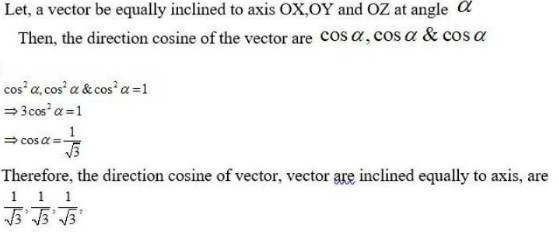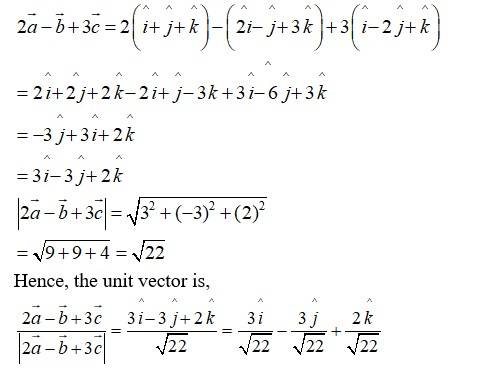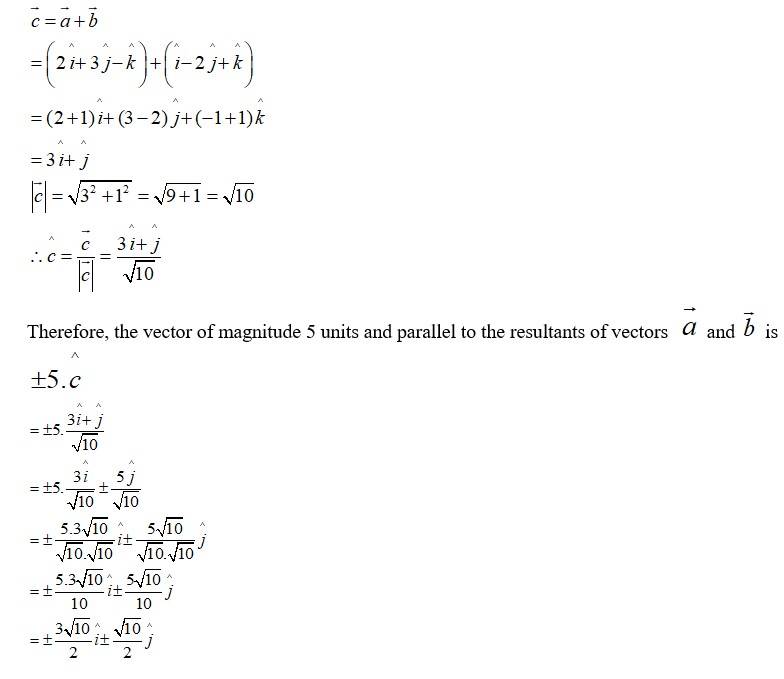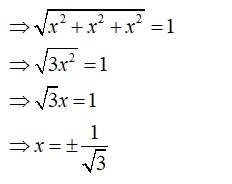Vector Algebra
Get insights from 117 questions on Vector Algebra, answered by students, alumni, and experts. You may also ask and answer any question you like about Vector Algebra
Follow Ask QuestionQuestions
Discussions
Active Users
Followers
New answer posted
5 months agoContributor-Level 10
The unit vector along is given as;
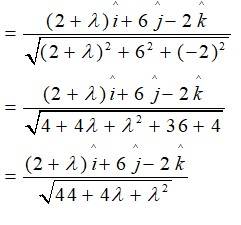
By Q.uestion, scalar product of with this unit vector is 1.
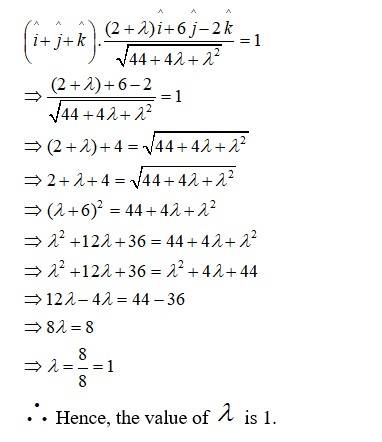
New answer posted
5 months agoContributor-Level 10
Given,
Let,
Since, is perpendicular to both
We know,
Putting this value in (3) we get
Putting value in (2), we get
The reQ.uired vector is
New answer posted
5 months agoContributor-Level 10
Given,
Adjacent sides of parallelogram are
Diagonal of parallelogram =
Thus, the unit vector parallel to diagonal
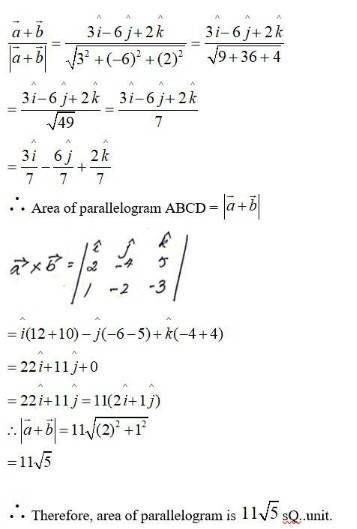
New answer posted
5 months agoContributor-Level 10
Given,
It is given that point R divides a line segment joining two points P and Q.
externally in the ratio 1:2 Then,
Position vector of the mid-point of RQ.
New answer posted
5 months agoContributor-Level 10
Given,
Now,
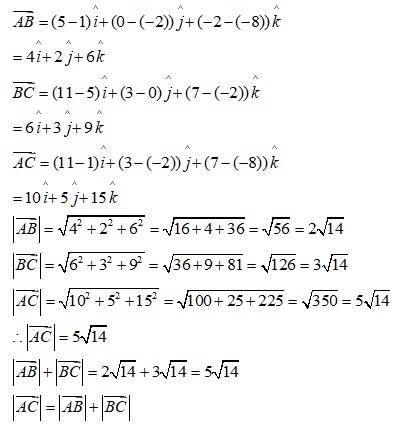
Thus, A,B and C are collinear.
Let, be the ratio that point B divides AC.
We have,
On eQ.uating the corresponding component , we get
Hence, point B divides AC in the ratio
New answer posted
5 months agoContributor-Level 10
Let us take a , which
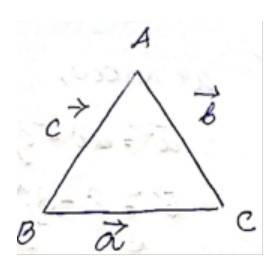
So, by triangle law of vector addition, we have
And, we know that represent, the sides of
Also, it is known that the sum of the length of any slides of a triangle is greater than the third side.
Hence, it is not true that
Taking an Exam? Selecting a College?
Get authentic answers from experts, students and alumni that you won't find anywhere else
Sign Up on ShikshaOn Shiksha, get access to
- 65k Colleges
- 1.2k Exams
- 679k Reviews
- 1800k Answers


